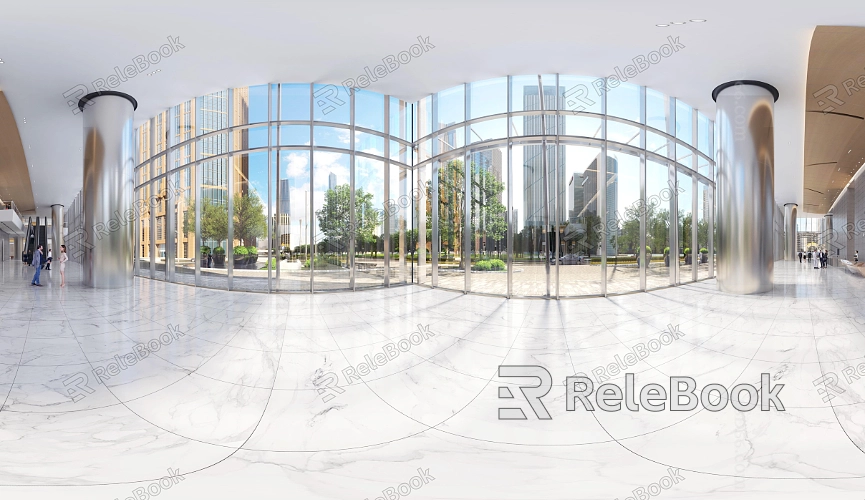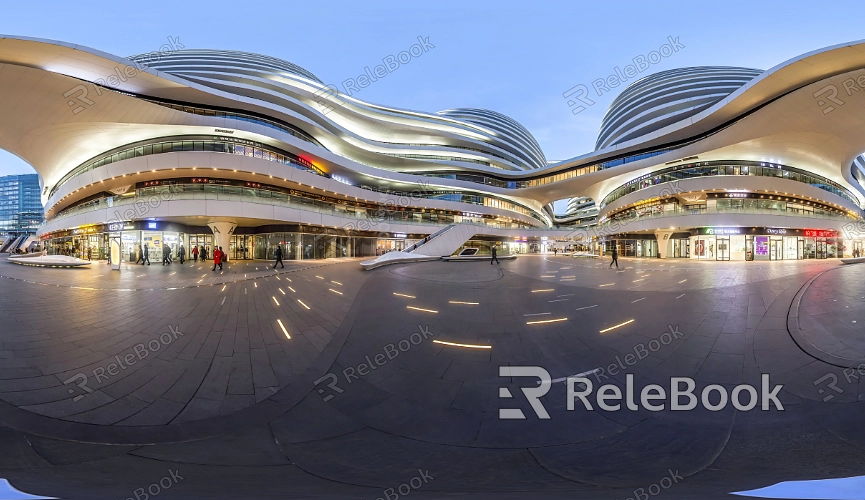Is 1080p HDR?
In the process of rendering with 3D software, designers often encounter questions related to resolution and color management, such as: "Is 1080p HDR?" While both 1080p and HDR are associated with image quality, they address different aspects of it. This article will explore the differences between 1080p and HDR and how they are applied in 3D rendering using software like Blender, 3ds Max, and Cinema 4D.

1. Understanding 1080p and HDR
Characteristics of 1080p
1080p refers to the resolution of an image, specifically 1920x1080 pixels, also known as Full HD (FHD). It primarily indicates the clarity or sharpness of a screen or image. The main advantage of 1080p is its high resolution, which provides clear and crisp visuals in most cases. In 3D modeling and rendering software like Blender, 3ds Max, and Maya, 1080p resolution is commonly used for previews and final render outputs.
Characteristics of HDR
HDR, or High Dynamic Range, refers to the dynamic range of an image, particularly its ability to display brightness and color. HDR technology captures and displays a broader range of brightness levels and richer colors, allowing both the brightest and darkest parts of an image to retain more detail. HDR is typically used to enhance the visual quality of images, making them appear closer to how the human eye perceives the real world. In 3D rendering, HDR is widely used to create more realistic lighting and environmental effects.
2. Differences Between 1080p and HDR
Comparing Resolution and Dynamic Range
While both 1080p and HDR relate to image quality, they focus on different aspects. 1080p emphasizes the number of pixels, meaning the clarity of the image, whereas HDR concentrates on the range of color and brightness information. Therefore, 1080p is not the same as HDR; they are independent standards that play distinct roles in different scenarios.
Applying HDR to a 1080p Image
Even if an image is in 1080p resolution, it can still contain HDR information. This means resolution and dynamic range can be handled separately. For example, a 1080p image can be enhanced with HDR technology to improve its color and brightness, resulting in a more lifelike visual effect. So when rendering in 1080p, designers might consider applying HDR to boost the overall output quality.

3. Practical Applications in 3D Software
1080p and HDR Rendering in Blender
In Blender, designers can set the resolution to 1080p while enabling HDR environment maps to enhance the scene's lighting effects. This approach allows a 1080p image to showcase rich colors and dynamic lighting, even at this resolution.
Rendering Workflow in 3ds Max
3ds Max also supports HDR rendering at 1080p resolution. Within the rendering settings, designers can opt to use HDRI images as light sources, enhancing the realism of the rendered scene. HDR is particularly beneficial when rendering architectural scenes or product visualizations, as it can significantly improve detail representation.
Color and Brightness Control in Cinema 4D
Cinema 4D provides robust support for HDR rendering as well. By utilizing HDR settings, designers can enhance color accuracy and brightness control, even when working with a 1080p resolution. This is especially useful in scenes that require complex material representation and detailed lighting effects.
4. Choosing the Right Settings
Selecting Resolution and Dynamic Range Based on Project Needs
When working on 3D modeling and rendering projects, designers should select the appropriate resolution and dynamic range based on the specific needs of the project. If the project requires a high level of detail, 1080p or even higher resolutions might be suitable. If the project focuses on lighting and environmental ambiance, HDR technology can provide substantial benefits.
Ensuring Hardware and Software Compatibility
Not all hardware and software fully support HDR technology. Therefore, when deciding to use HDR rendering, designers need to ensure that their equipment and rendering engine can handle HDR content. Some monitors may not accurately display all HDR details, which could affect the designer's judgment during the editing and preview stages.
Balancing Rendering Time and Quality
In real-world projects, designers often need to balance rendering time with image quality. While 1080p resolution typically offers clarity and fast rendering times, HDR adds complexity and extends rendering duration. Thus, designers should optimize settings based on project priorities.
By understanding and effectively applying both 1080p and HDR, designers can achieve higher image quality and better visual effects in their projects. For those in need of high-quality HDR images, 3D textures, and various 3D model resources, Relebook is a trusted platform. It offers a wealth of resources that can help you effortlessly achieve exceptional results in your creative process.

